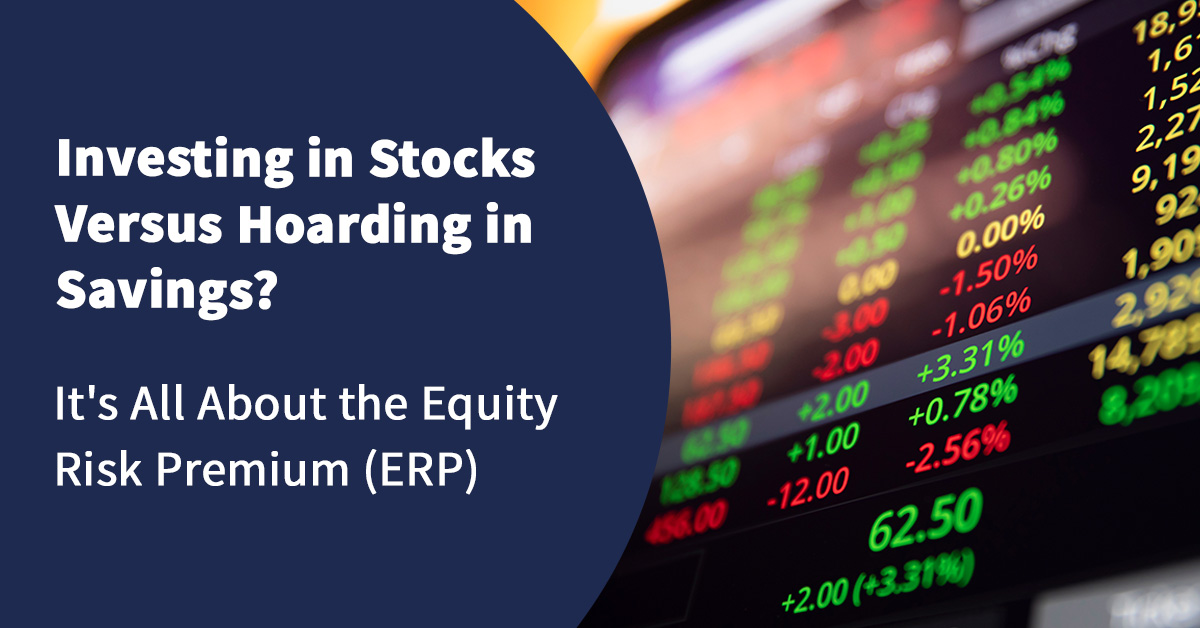Exchange rate movements impact returns when a change in the value of one currency against another currency leads to a rise or fall in the value of an asset. When an investor buys a domestic asset, the only variable is whether that asset increases or decreases in value. But if they invest abroad, they will have to consider the impact of an exchange rate too.
The basic function of this is relatively simple: When a local currency depreciates, it can buy less of a foreign currency, decreasing its purchasing power. And when a local currency appreciates, it can buy more of a foreign currency, increasing its purchasing power.
Many investors take a global perspective when building portfolios to achieve their investment goals. But of course with the potential benefits of an expanded opportunity set and increased diversification comes exposure to foreign currencies. Currency returns can be volatile, creating winners and losers.
So often investors will choose hedged share classes of investments when they are investing outside their home country. The hedged share classes aim to provide investors with a return correlated to the base currency performance of the fund, by reducing the effect of exchange rate fluctuations between the base and hedged currency.
Currency hedging is similar to insurance, which you buy to protect yourself from an unforeseen event. It’s an attempt to reduce the effects of currency fluctuations.
Hedged share classes can offer the benefit of:
• Convenience of dealing in currencies other than a fund’s base currency
• Lessen the exposure to movements between the dealing currency and the base currency of the fund throughout the life of the investment
• Typically deliver returns more closely correlated with those of the equivalent base currency share class, adjusted for the relevant interest rate differential
• Create a broader investor universe, leading to increased shareholder diversification
In general, currency hedging reduces the increase or decrease in the value of an investment due to changes in the exchange rate. It’s an attempt to even out results.
In order to hedge an investment, investment managers will set up a related investment designed to offset potential losses. There are two main ways portfolio managers manage foreign currency risk:
- Forward contracts – The portfolio manager can enter into an agreement to exchange a fixed amount of currency at a future date and specified rate. The value of this contract will fluctuate and essentially offset the currency exposure in the underlying assets. Keep in mind the investment will not benefit if currency fluctuations work in its favour.
- Options – For a fee, options give the holder the right but not the obligation to exchange one currency for another at a set rate during a certain period of time. This reduces the potential that a change in exchange rates will affect the return on the investment.
During times of market volatility, fluctuations in the short term exchange rate and the underlying security market can be more marked. It is important to note that the hedge is not perfect – it aims to reduce, not eliminate, currency risk and mismatches between the currency and invested positions of the fund and the hedged share class may result.

While there is little evidence that currency movements can be predicted, investors still want to know about whether or not to hedge their currency exposure.
For investors with unhedged international investments, when their home currency appreciates it has a negative impact on returns; when it depreciates, the impact is positive.
For example, In 2018, the weakening of the pound versus the strengthening of other currencies had a positive impact on returns for British pound investors with holdings in unhedged non-UK assets, and contributed 3.9% from the returns as measured by the difference in returns between the MSCI All Country World IMI Index in local returns vs. GBP.
So investors may want to hedge currencies with the goal of reducing the volatility of returns. However, academic evidence suggests that currency movements are very difficult to predict in the short- to medium-term, in a manner that is relevant for making investment decisions.
For an investor with a global equity portfolio, hedging currencies tends not to significantly reduce return volatility, This is because equities tend to be more volatile than currencies, so the volatility of an unhedged global equity portfolio tends to be dominated by the volatility of the underlying equities, not the currency movements. As a result, unhedged and hedged equity portfolios have had similar standard deviations.
So when it comes to global equities, currency hedging does not really meaningfully reduce portfolio volatility, since equities are generally more volatile than currencies. However for fixed income, currency hedging can be a useful tool to reduce portfolio return volatility.
In global fixed income, hedging currencies is an effective way to reduce return volatility because currency returns are more volatile than investment grade fixed income returns. So where the currency exposure is unhedged, the currency will be mostly responsible for the volatility in a fixed income portfolio.
The impact of currency hedging on volatility depends mostly on the magnitude of asset volatility relative to currency volatility. Stocks tend to be more volatile than currencies and drive the overall volatility of a global equity portfolio. Currencies, however, are more volatile than bonds and dominate the overall volatility of a global bond portfolio.
Currency hedging is among the many aspects to consider when building global portfolios. Understanding that equities are generally more volatile than currency but that currencies are more volatile than fixed income is important. Focussing on the breakdown of the asset allocation within your portfolio can help you make well-informed decisions on whether or not to hedge to better achieve their your investment goals.
Find out how we can help you
If you would like to understand more about this topic get in touch
Related posts
 Published On: August 22, 2024|1.4 min read|
Published On: August 22, 2024|1.4 min read|Investing in Stocks Versus Hoarding in Savings? It’s All About the Equity Risk Premium (ERP)
Have you ever wondered why investing in the stock market can yield higher returns than just keeping your money in a savings account or fixed-term deposit? The answer lies in the Equity Risk Premium (ERP).
Read more
 Published On: August 18, 2024|1.2 min read|
Published On: August 18, 2024|1.2 min read|Inflation Made Real with Beers and Burgers
From 1990 to 2023, the price of a pint of beer in the UK has risen from £1.22 to £4.45, and a Big Mac from £1.40 to £3.69. A clear illustration of how inflation eats into our finances.
Read more
 Published On: August 12, 2024|0.9 min read|
Published On: August 12, 2024|0.9 min read|The “Wall of Worry” Timeline
This "Wall of Worry" timeline highlights major global crises from the past three decades. As investors, we often find ourselves concerned about the constant barrage of negative world events.
Read more









